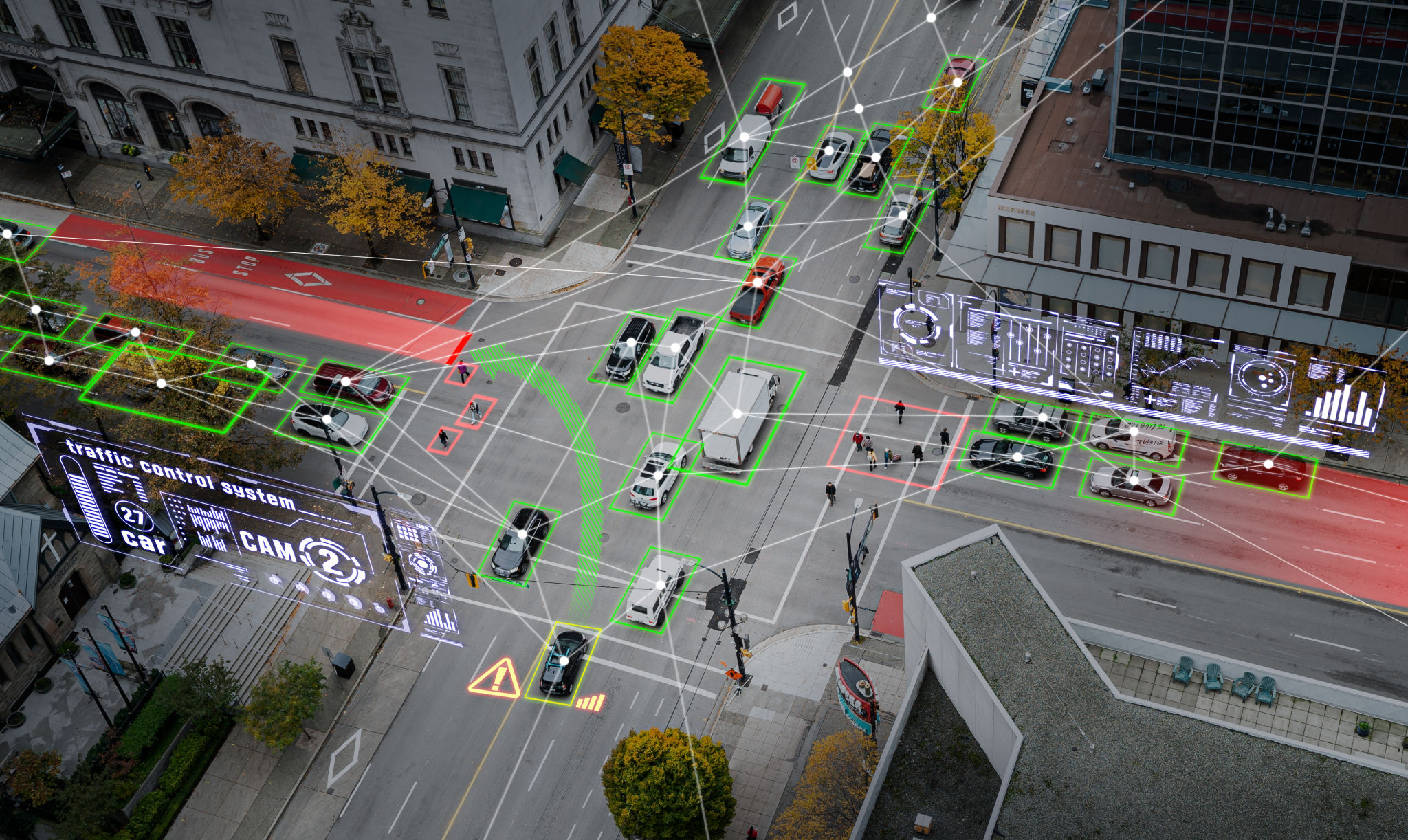How Neuroscience is Revolutionizing EV Design: The Future of Electric Powertrains
Introduction to Neuroscience and EV Design
The intersection of neuroscience and electric vehicle (EV) design is ushering in a new era for the automotive industry. As engineers and designers seek to create more efficient and user-friendly vehicles, they are increasingly turning to neuroscience to understand how human brains interact with technology. This marriage of disciplines is paving the way for advancements in electric powertrains that are not only more efficient but also more intuitive for users.
By leveraging insights from neuroscience, designers can better anticipate user needs, streamline the driving experience, and optimize vehicle performance. This approach ensures that EVs are not only cutting-edge in terms of technology but also offer an unparalleled driving experience.

Understanding Human-Technology Interaction
At the heart of this collaboration is an enhanced understanding of how humans interact with technology. Neuroscientists study brain responses to various stimuli, providing valuable data that can be used to improve the design of electric powertrains. These insights help engineers create systems that are more responsive and adaptive to human behavior.
For example, by analyzing how drivers respond to different feedback mechanisms, designers can create more intuitive interfaces. This includes optimizing dashboard displays and controls to ensure they align with cognitive processes, thus reducing driver distraction and enhancing overall safety.

The Role of Sensory Feedback
One critical area where neuroscience is making an impact is in the development of sensory feedback systems. These systems use tactile, visual, and auditory cues to provide drivers with real-time information about their vehicle's performance and surroundings. By understanding how the brain processes these sensory inputs, designers can create feedback mechanisms that are both effective and unobtrusive.
Such innovations are crucial for enhancing driver awareness and reducing reaction times. With neuroscientific insights, EV designers can tailor these sensory experiences to enhance driver comfort and confidence, leading to a more enjoyable driving experience.

Optimizing Electric Powertrains
Neuroscience is also playing a pivotal role in optimizing the performance of electric powertrains. By understanding how drivers perceive speed, acceleration, and vehicle handling, engineers can fine-tune powertrain systems to better meet driver expectations. This ensures a seamless transition from traditional internal combustion engines to electric powertrains.
Additionally, insights into cognitive load management help designers create systems that minimize mental effort during driving. This is particularly important in reducing fatigue during long journeys, making EVs more appealing for everyday use and long-distance travel.
Enhancing Autonomous Driving Systems
The integration of neuroscience into EV design extends beyond manual driving experiences. As autonomous driving technology advances, understanding human cognitive processes becomes increasingly important. Neuroscience provides essential data for developing autonomous systems that can predict and react to human behavior effectively.
By incorporating these insights into the design of autonomous EVs, manufacturers can ensure that these vehicles operate safely and efficiently in complex real-world environments. This will be crucial in building public trust in autonomous driving technology.

Future Prospects
The fusion of neuroscience with EV design represents just the beginning of exciting new possibilities in the automotive industry. As research continues to evolve, we can expect even more sophisticated electric powertrains that cater to human instincts and preferences.
Looking ahead, this interdisciplinary approach will likely lead to breakthroughs in areas such as battery efficiency, energy management, and vehicle connectivity. The result will be a new generation of electric vehicles that not only meet environmental standards but also set new benchmarks for user experience.
Conclusion
The integration of neuroscience into electric vehicle design is revolutionizing the development of electric powertrains. By understanding the intricate ways in which humans interact with technology, designers are crafting vehicles that are not just efficient but also deeply attuned to user needs. As we move forward, this synergy promises to redefine the future of transportation, making electric vehicles an even more integral part of our lives.
